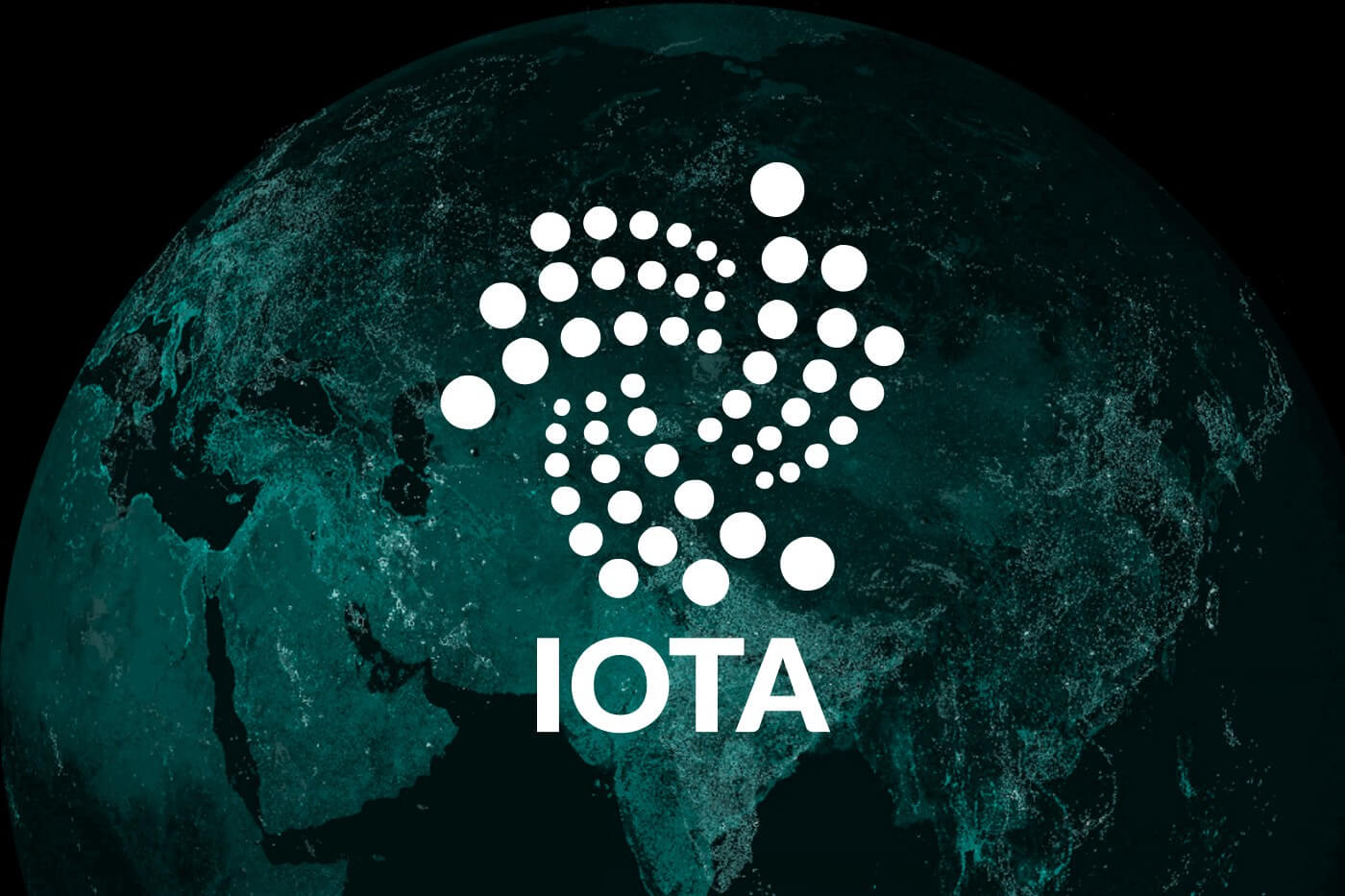

A couple of days ago, I wrote an article discussing how IOTA is implementing a new consensus mechanism called Coordicide.
If IOTA is able to deliver as promised and successfully remove its coordinator while at the same time achieving a higher degree of decentralisation and maintaining security, there is absolutely no reason that this DAG-based protocol will not be adopted by the majority of IoT-developers, producers, and supporters.
To better understand this, let’s take a look at some of the advantages of Coordicide.
Instead of directly voting on the fate of transactions, users can instead vote on the credibility of timestamps. Here, ‘credible’ means that the difference between the issuing timestamp of a transaction and its arrival time to the nodes is not above a certain threshold. This has multiple benefits, such as:
Let’s not forget that not having timestamps has been one of the major drawbacks for IOTA and other DAG-based cryptocurrencies, so the hope is that this implementation will appease some dissenters.
Without the coordinator, it is possible to have multiple Tangles coexisting as separate domains. Each domain can implement a different logic for the transactions it processes and associate a different meaning to the tokens it contains. Even though these domains do not necessarily share the same rules, it is still possible that transactions from one domain refer to data from another domain.
This will enable IOTA to model extremely complex use cases with very simple building blocks.
In addition to adding a lot of flexibility to IOTA, the modular approach enables a way of sharding network activity into separate domains, thereby further increasing IOTA’s scalability. As explained by the IOTA foundation:
“A ‘data-only’ Tangle that contains only data transactions could be separated from a Tangle that contains only value transactions. Since data transactions can never be conflicting, transactions in this Tangle could ‘confirm’ instantly without the involvement of any consensus mechanism. This would enable a wide array of IoT use cases that depend on immutable data.”
Since a Tangle is the most generic form of a DAG — with bundles being able to reference other transactions — it will now be possible to build completely different data structures tailored to the specific needs of a use case.
As every transaction carries a “signature message fragment” that can contain arbitrary data, it is possible to encode more complex behaviours such as certain conditions for the application of a transaction, or side-effects that are triggered automatically. These can then be parsed and applied by the nodes of that specific domain.
This complex set of features allows IOTA developers to build smart contracts and other dApps for IoT-enabled devices.
Some of the benefits highlighted in the white paper are:
The fact that IOTA is open source and has a strong community of members leads me to think it can be one of the major winners within the space over the next couple of years. Only time will tell whether IOTA’s delivery will be successful.
Denver, Colorado, 24th February 2025, Chainwire
Denver, Colorado, 20th February 2025, Chainwire
Washington, D.C., 18th February 2025, Chainwire
Dubai, UAE, 27th January 2025, Chainwire
Those who enter the market at this time may be surprised to hear that Bitcoin…
George Town, Grand Cayman, 22nd November 2024, Chainwire